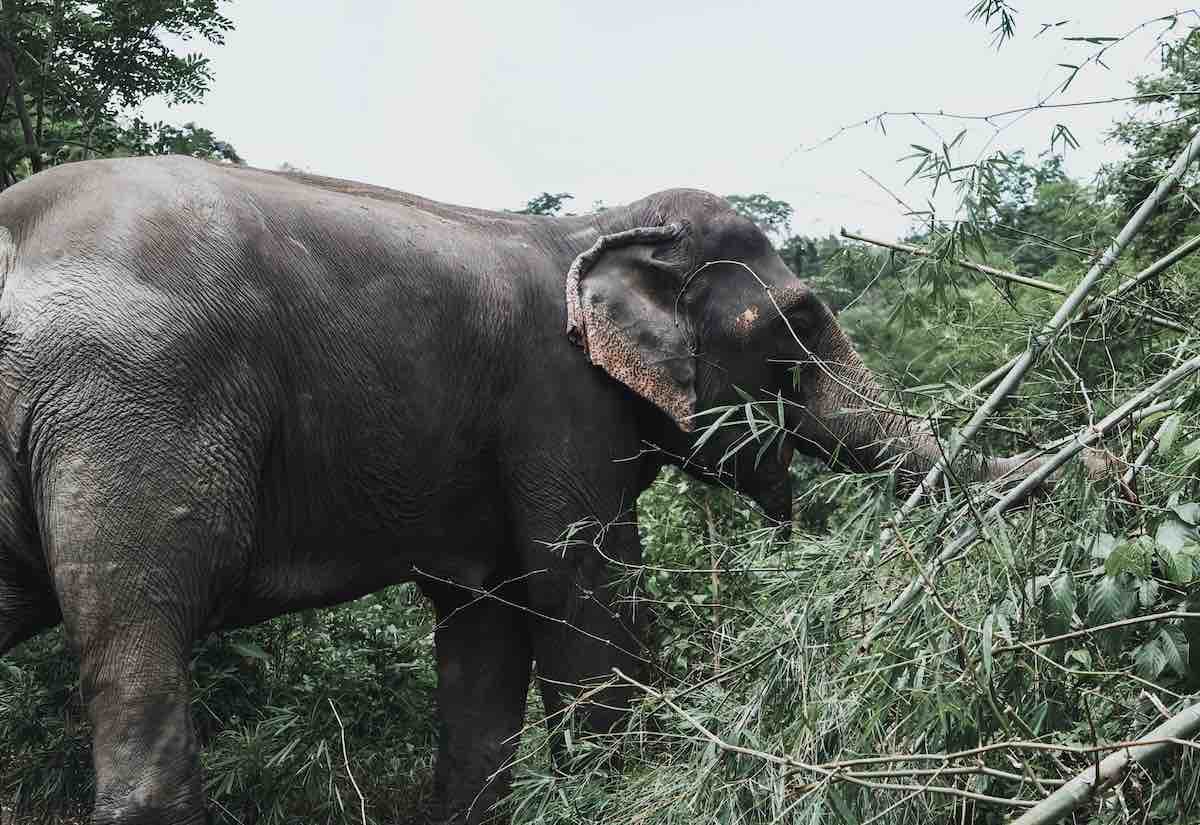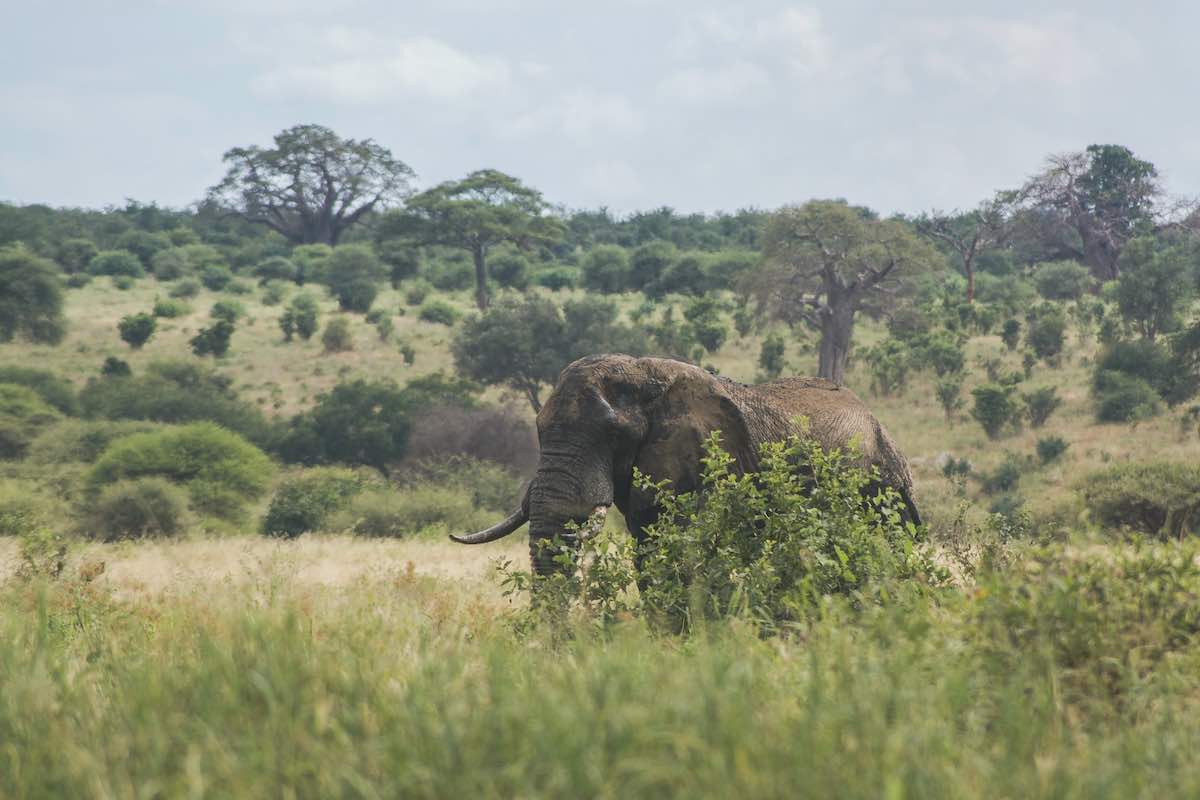Have you ever been so frustrated with something that you just wanted to take it out on the nearest tree?
Elephants seem to have the same problem – except they’re much bigger and stronger meaning that when they do push over trees – they actually fall.
From agricultural fields to forests and even urban areas, elephants are known for their destructive tendencies regarding trees. Why is it that elephants destroy trees?
With an uncanny ability to find the most nourishing parts of trees, elephants have developed a habit of breaking tree trunks for easy access.
This gives them quick and effortless access to leaves, roots, and all essential nutrients available within the plant.
In this article, we’ll look at some environmental and anthropogenic factors contributing to elephant-tree destruction and discuss potential solutions.
We’ll also debunk some myths surrounding this issue to understand better what’s happening here.

